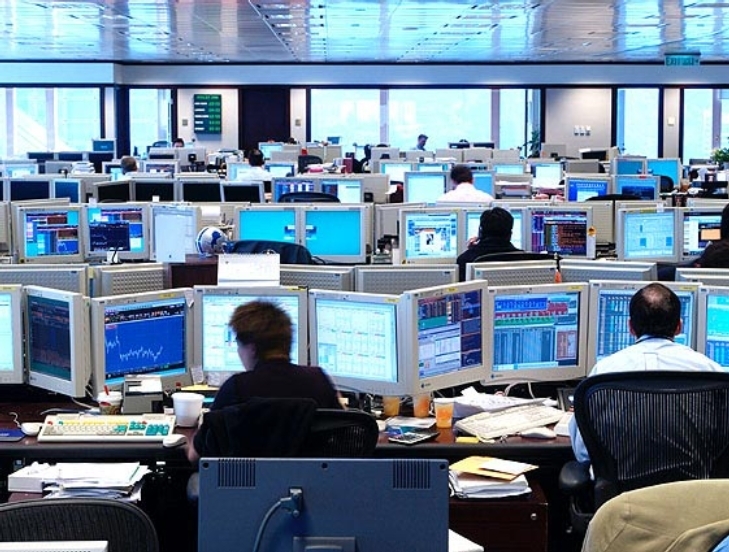The ISE has set the highest standards of operational efficiency and is committed to support a climate of confidence and optimism that encourages and promotes trading activity. It also provides for conducive environment to channelize the small investments of the residents of less developed areas. The ISE offers an easy access to both domestic as well as foreign investors and actively encourages the listing of eligible and profitable companies, both large and small to make it an exciting and diverse Exchange. The Exchange is playing a pivotal role for economic growth of the area thereby contributing towards the overall economic prosperity and welfare of the country.

At present there are 118 members out of which 104 are corporate bodies including commercial and investment banks, DFIs and brokerage houses. The other 18 Members are individual persons who are well educated, enterprising and progressive minded. The affairs of the Exchange are governed by the Board of Directors. The Board of Directors consists of ten directors, of which five are elected member directors and four are non-member directors nominated by the SECP while the managing director by virtue of his office is the tenth director of the Board . In order to protect the interest of the investing public, an Investors Protection fund has been established by the Exchange. Since the inception of automated trading system (ISECTS), the trade volume has been multiplying day by day and the average daily turnover has now crossed the figure of 1 million shares. Now all the listed securities are traded through the ISECTS. The system of physical handling of shares and securities has been phased out and majority of the scrips are settled through Central Depository Company of Pakistan Limited. At the moment there are 248 companies/securities listed including 6 Open- End Mutual Fund and 4 TFCS on the Exchange with an aggregate capital of Rs. 572,057.266 million. The market capitalization stood at Rs. 1,943,646.210 million as on 16-12-2008 . The pace of listing has remained slow as the economy of the Country is under consistent pressure due to internal as well as external factors.In comparison with major financial markets around the World, the functioning of capital market in Pakistan is still very much in its infancy and lacks advanced technology. In this context efforts are being made to bring ISE in line with the International system and methodology.










